For anyone designing an office space or learning environment, there’s lots of available research on the best types of lighting setups to help with concentration and productivity in conjunction with our circadian rhythms. When it comes to the home, the same lessons are rarely applied. In Norway — with its long summer days and its almost complete lack of daylight in winter — Incube is beavering away to try and bring more daylight to residential buildings.
“I’m not Norwegian, but I moved to Norway in 2013,” said Maria Perdomo, CEO of Incube Lighting. “Where it’s really dark in winter and really sunny during the summer, and it was hard for me. And after a couple of years, I started suffering from SAD, which is a kind of depression that occurs because of the lack of light.”
Knowing that it was a lack of light that was contributing to her situation, Perdomo tapped into her architecture background and was inspired to investigate new styles of building where the focus is on bringing the outside, inside, and maintaining as much light as possible internally.
“We made contact with the University of Barcelona, which is now our collaborator,” said Perdomo. “And we have been researching what makes our brain generate the hormones that affect us so much, and how natural light affects us in many different ways, much more than what we usually know.”
It took a while for research funding to be approved for the project, and there was quite a bit of skepticism that needed to be overcome, too, but the three-year project is now well underway, and producing interesting results.
“Our proposal was to redesign really common apartment blocks and experiment with bringing the garden into the middle of the building,” said Perdomo. “At the beginning, everyone was really skeptical about it. But they decided to open it up with us.”
By flipping the architecture of a building, the theory was to open up traditionally dark spots, like staircases, and show that it was feasible to bring light, and importantly, growth, inside. Significantly, the study has shown that it isn’t enough to only have natural light for the brain to function, but that there needs to be a combination of natural elements, too. The company solves this by adding plants and other natural materials to the built environment. By having plants inside, their natural phototropia helps to convince our brains that the inside is outside.
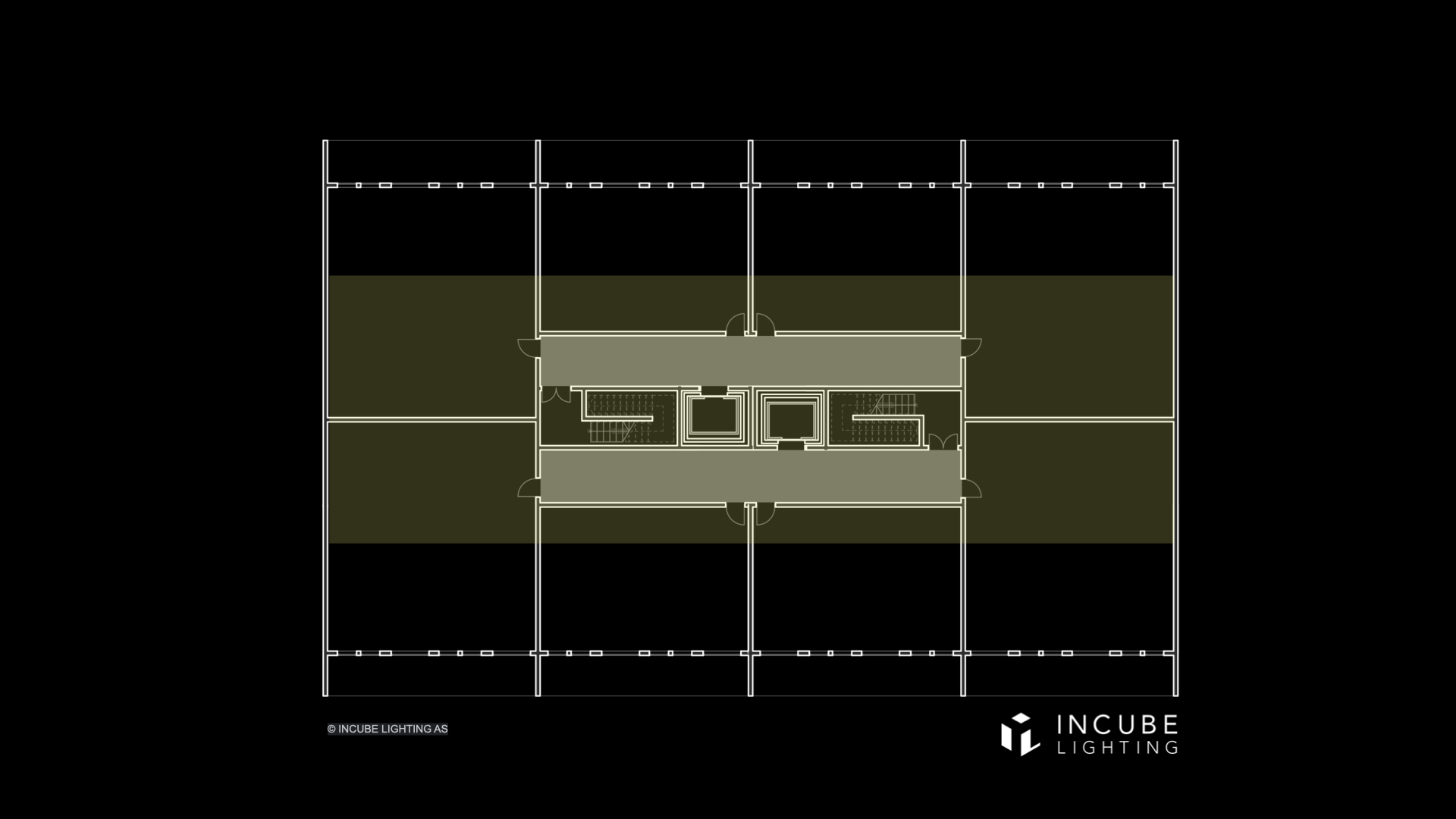
In a traditional architecture, the elevators often take up the dark bowels of the building. Image Credits: Incube
The Incube team observed that in most residential buildings, the stairs and elevators take up the middle of the building. That makes sense; it means that the apartments can have as much light as possible. The company is suggesting a different approach, however:
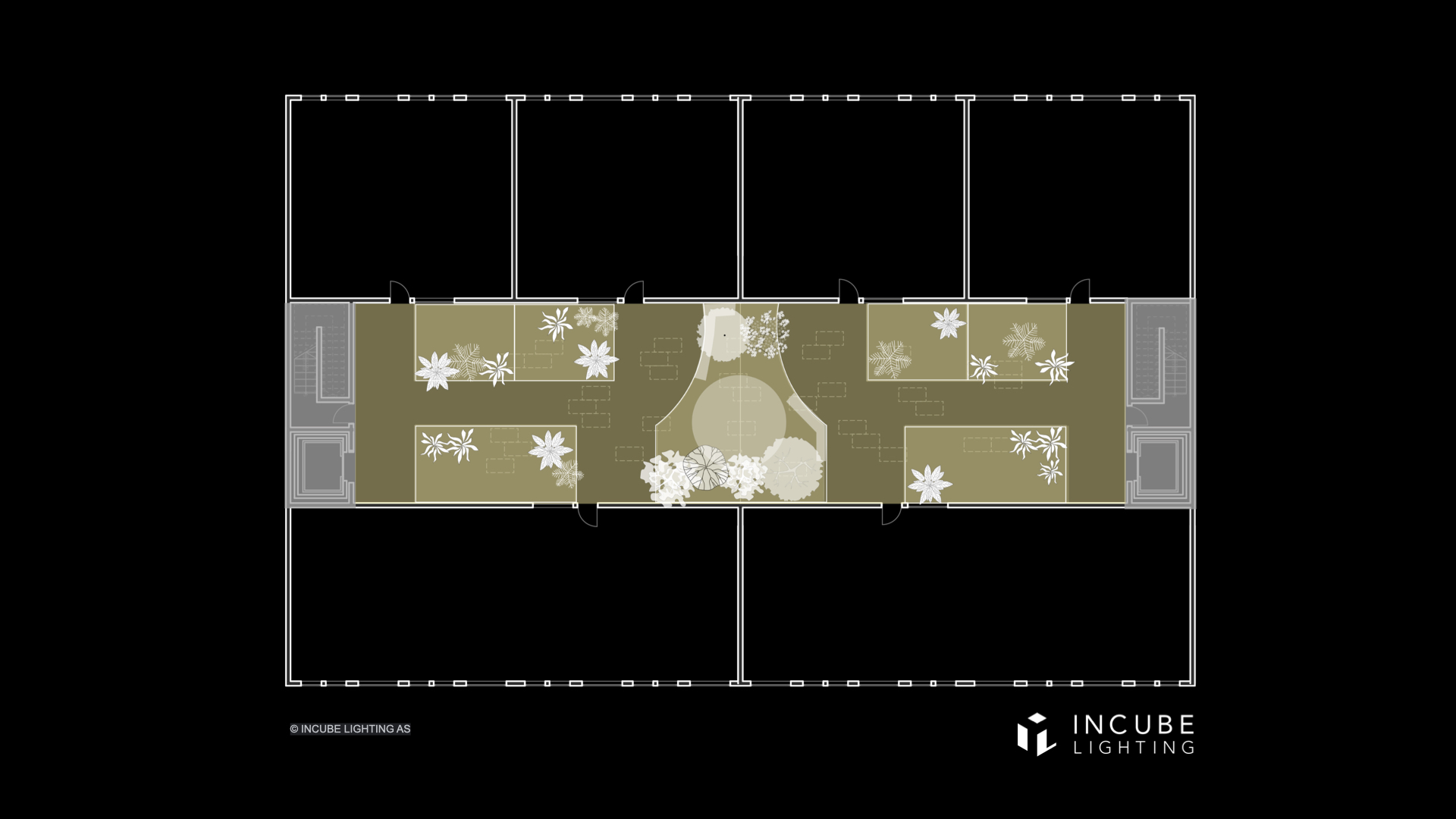
By moving the elevators off to the side, residents walk through a garden to get to their home. Image Credits: Incube
In this design, some of the inside of the building is turned into a garden, inviting residents to walk through the simulated light and real plants in order to get home. The general idea is to encourage social interaction with neighbors and make the hallways a more pleasant place to be.
“Your brain is a perfect machine,” said Perdomo, “so you need to bring more than daylight in order for your brain to understand that it’s outside and to start producing, for example, melatonin. We need to create a recipe with many different elements in order for the brain to say okay, this is outside.”
The research garden, known as the OBOS Living Lab, is powered by a combination of light that has been collected on the building’s roof and transported inside, and LED-generated light. The electric lights are all manufactured in Spain, while the natural light is a perfect rendition of conditions outside, reflecting clouds shifting and birds flying overhead. This, too, is important in helping the brain’s response to indoor natural light. Natural light is constantly changing, and while we might not automatically register this, the brain does recognize it and differentiates it from artificial light.
“The photosensor reads the light intensity and the light’s color and motion,” said Perdomo. “The fiber optics go from those sensors inside the building. So we transport that information all the way inside to the middle of the building.”
But of course, in the middle of the Norwegian winter, there isn’t much light to transport inside. That’s where the LEDs come in. The control center records light patterns from month-to-month, which can then be used to program a cycle that delivers more light. So instead of a December sunrise at 10:30 am, you can mimic an earlier autumn sunrise of, for example, 7 am.
As well as the Living Lab garden, the Incube team is working on developing a device to bring light to you in your individual homes, not just the shared spaces of apartment blocks. The Sky panel is connected to a photosensor located outdoors and can be controlled by an app. The idea is that you will be able to recreate light patterns that are longer in the darker months.
The Incube team regard their work as crucial at a time of climate crisis and when our relationships with cities and buildings are undergoing change.
“Most of us have really bad daylight inside, and we want to change that,” said Perdomo. “The future of architecture means being able to reuse existing buildings. We have a climate crisis on our hands, and we need to think differently about ways to bring natural light to us.”
Incube wants to bring ‘daylight’ to apartment buildings by Haje Jan Kamps originally published on TechCrunch


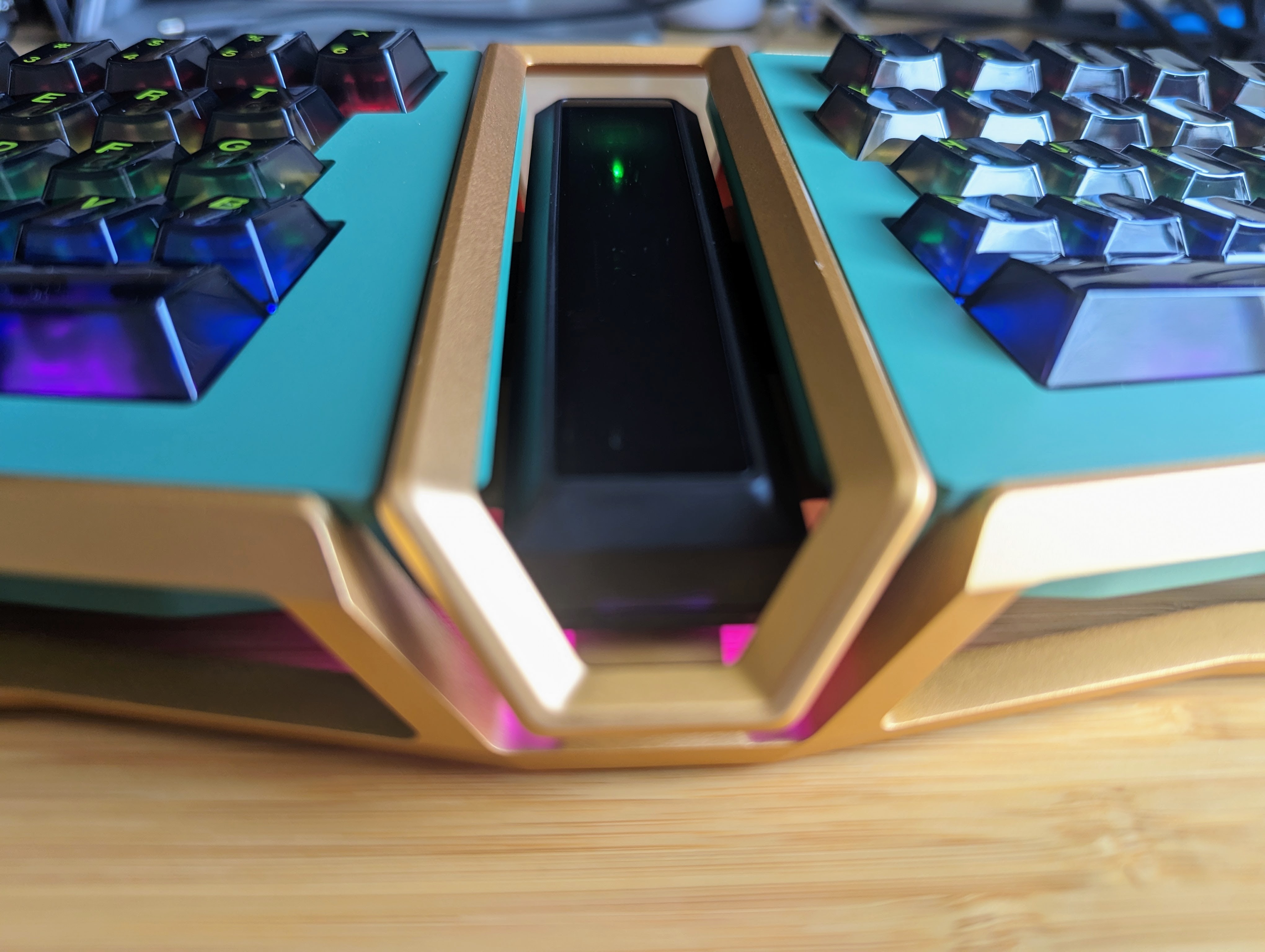
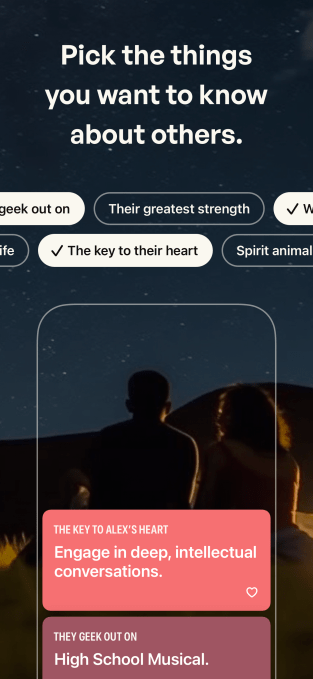
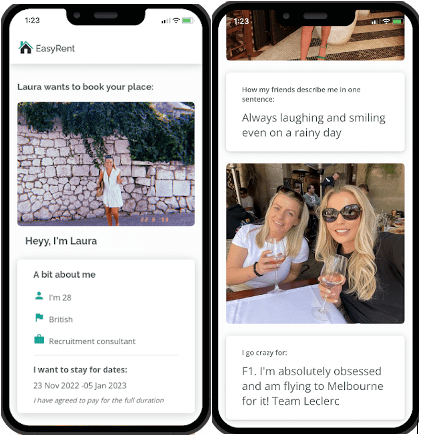










 English (US) ·
English (US) ·